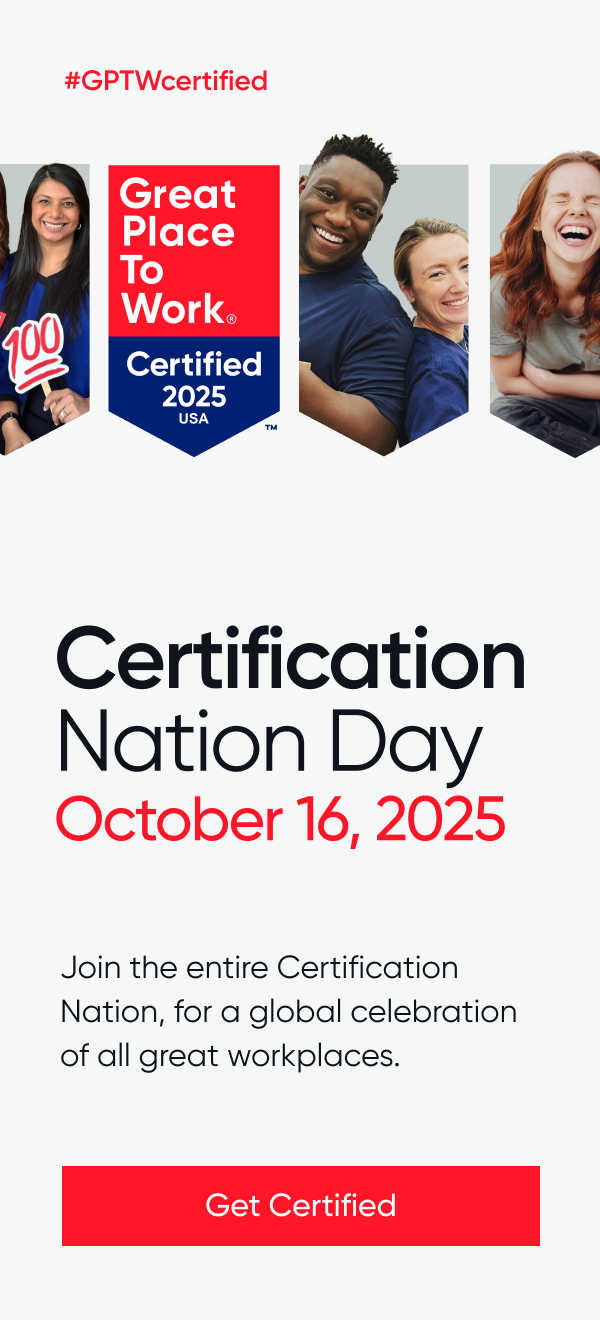In today’s most successful companies, the CHRO is an integral member of the strategic leadership team. This was certainly not always the case.
Back in the 1930s and 40s, HR was originally constructed as an administration and risk mitigation team, with a strong focus on regulatory compliance. However, today’s businesses require far more from HR. Why?
We know, thanks to well-documented data analysis, that people-first companies drive significantly higher performance than those not focused on employees and culture. In order for companies to realize their potential, they need to invest in their people and their culture, and strategic HR leaders must lead the way.
In companies where HR is strategic, versus administrative, the HR organization plays a critical role in determining business results. A strategic HR team can lay claim to increasing market share, growing the customer base, driving product innovation, increasing sales and helping the company be more agile, among other accomplishments.
But getting to this stage requires HR leaders to change the way they think about their work and their skill set. The most successful HR leaders are able to link people programs to business results and engage other leaders to achieve those goals. They think of themselves as driving business results through people so any key people initiatives they undertake support a documented business goal.
7 Key Skills for Strategic HR Leaders
When it comes to the skill set required of today’s strategic HR leaders, we have identified seven key skills, based on hundreds of interviews with CEOs, board members, entrepreneurs, HR professionals and researchers. These leaders must actively demonstrate:
- Business expertise: Understand and speak the language of the business
- Change management: Accelerate change in an organization to meet business imperatives
- Organization engineering: Understand how organizations work and the best practices for success
- Culture management: Drive the culture and ensure that every move the company makes aligns with the culture the company wants to have
- Data analysis: Use data to make decisions and help others ask the right questions to get the right answers
- Inclusion: Unlock the passion of each employee, regardless of race, gender, sex, age, etc.
- Marketing: Understand that employees are the face of your organization to customers. Happy employees can be your best brand ambassadors to customers and are a powerful force for recruiting.
To help you get started on those major skill sets, here are three practical ideas to start showing up as a more strategic HR leader today:
- Know your business inside and out. Ask: how do we make money, what are our products, who are our competitors, what are our financial models? And how do our people directly tie to those goals and outcomes?
- Avoid HR-speak. Cultivate the language of other executives at the table. Avoid HR jargon and technical terms when not needed.
- Become more solution-oriented. Rather than being known as the “no, we have to follow the policy” team, figure out how you can bring solutions to the table and become a partner to your fellow executives in driving the business forward.
Investing in your people and helping them understand their purpose is all part of creating a high-trust, high-performance culture. Today’s strategic HR leaders are demonstrating tremendous leadership and facilitating the change we need to see to drive innovation and business results while making workplaces great for all employees.
If you're ready to take your expertise and understanding to the next level with other strategic HR leaders, be sure to join us at our annual Summit. It's a can't-miss gathering of senior people & culture leadership where we share what's next in the world of HR, For All Leadership and more. Come learn, share and network!











